
Weather balloons launched at the South Pole each spring routinely find areas of the Antarctic stratosphere where ozone has been completely destroyed. In 2019, they found no such areas.

Weather balloons launched at the South Pole each spring routinely find areas of the Antarctic stratosphere where ozone has been completely destroyed. In 2019, they found no such areas.
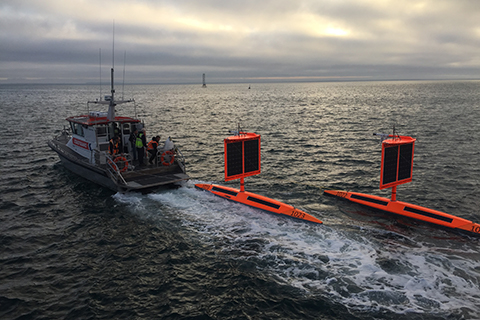
Despite a run-in with an iceberg and the world’s worst sailing conditions, Saildrone 1020 successfully completed its 13,670-nautical-mile journey around Antarctica, and indicated that parts of the Southern Ocean emit carbon dioxide in winter.
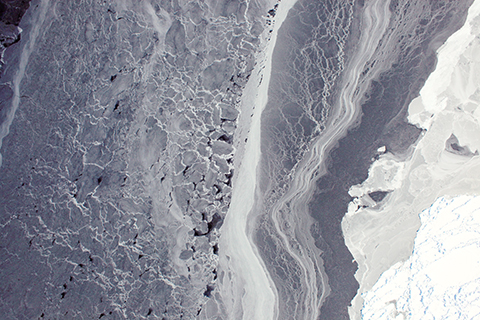
Antarctic sea ice extent hit a record low extent in February, but thanks to large natural variability from year to year, experts say there is still no long-term trend.
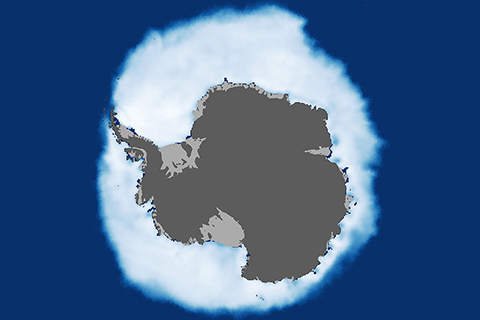
NASA ice expert Claire Parkinson confirms that global sea ice coverage has continued its overall downward trend since her original analysis was published in 2015.
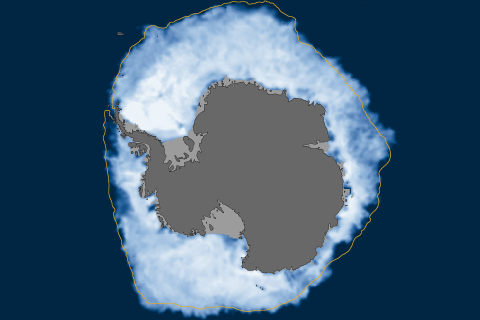
Antarctic sea ice extent set a new record high for daily extent on September 22, 2014. Climate scientists suspect the new record is linked to strong winds and melting ice shelves.
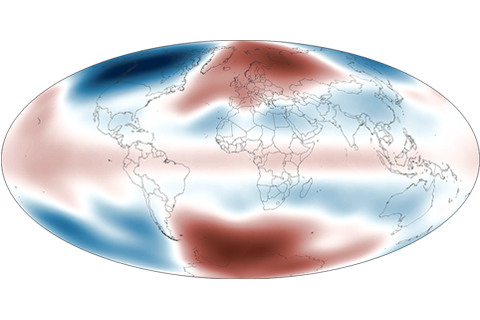
Observing temperature patterns in the lower stratosphere gives scientists clues about our planet's changing climate. Global average temperatures in the lower stratosphere for 2013 were slightly below the 1981–2010 average.
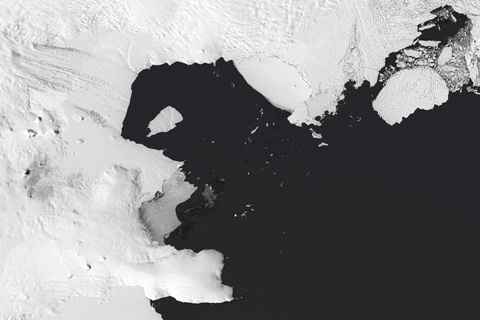
Why on Earth are climate scientists so interested in the West Antarctic ice sheet? This remote region of the seventh continent has been the subject of many recent research explorations--the results of which have been described in the news with words like “collapse,” “irreversible,” and “huge.”
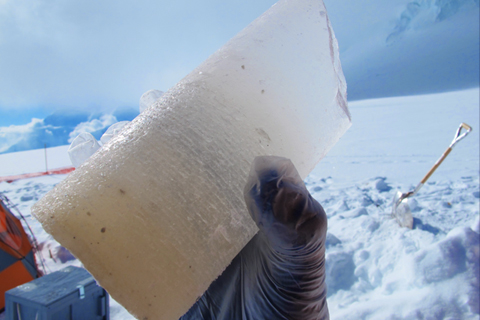
Like a prehistoric fly trapped in amber during dinosaurs' days, airborne relics of Earth's earlier climate can end up trapped in glacial ice for eons. How do climate scientists turn those tiny relics into a story about Earth's ancient climate?
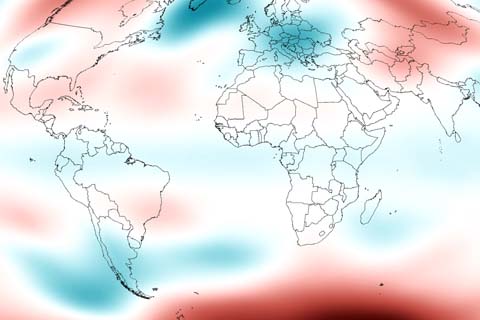
Observing temperature patterns in the lower stratosphere—second major layer of the atmosphere—gives scientists clues about our planet’s changing climate.